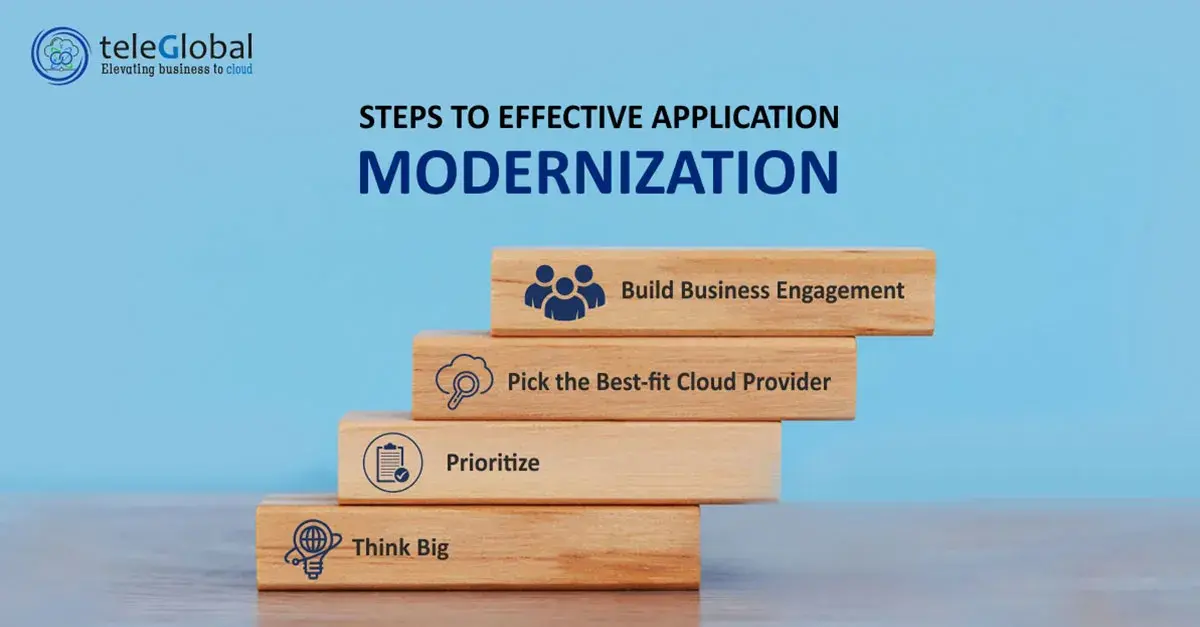Published Date :
The Case For Application Modernization.
The Road to Application Modernization
Organizations with older IT application architectures are mostly aware of the need to update their applications so they can stay efficient and agile, in other words, application modernization. While this has largely come to refer to moving application code to the cloud, this alone may not be enough. Mere migration of applications (code) to the cloud is not enough to build reliability and scalability. While cloud migration will benefit apps/workloads to some extent through the scalability and elasticity of the cloud, to unlock the full value of the cloud, organizations need to adopt a holistic approach to modernizing their applications.
Steps to Effective Application Modernization
1. Build Business Engagement
Application modernization is about more than just the IT underpinning your applications. It includes collaboration and coordination with all your stakeholders in a modernization strategy that meets all your stakeholders’ expectations. This will enable the successful implementation of your modernization initiatives. A well-articulated long-term strategy with cohesive short-term milestones is essential to the success of your application modernization exercise.
2. Pick the Best-fit Cloud Provider
The leading cloud platform providers offer myriad services including purpose-built databases, microservices architectures, serverless computing and containers, and orchestration. Choosing the most suitable cloud provider—and by extension, the right services—will streamline the organization’s application modernization journey and enable the organization to effect small executions that deliver high performances.
3. Prioritize
It would be impossible, not to mention, chaotic, to attempt to modernize everything at once. So, the first step would be to conduct an evaluation of the application suite and prioritize components according to their indispensability. This calls for an in-depth study of the application stack from a business, as well as, a technical perspective.
This audit will help organizations to better understand the interdependence between applications and execute a planned migration strategy.
4. Think Big
Newly developed applications are likely to be easier to migrate using a lift and shift approach. This strategy is a good way to avoid change-management obstacles and generate buy-ins for the application modernization exercise. Although application modernization will bring much-needed agility, optimization, and cost-effectiveness to the organization, it can take time to build the momentum needed for dynamics to become algorithmic. This approach allows organizations to win the support they need to power through to the critical stages of the process.
Takeaway
A well-planned application modernization exercise aligns all important stakeholders together. Organizations should take a modular view of applications; looking at applications as discrete parts of a whole enables testing applications in a virtualized environment and achieving component level management, while converting data into building blocks. An appreciation of the above principles can help organizations turn archaic applications and frameworks into modern, agile, and cost-effective IT environments.
Need help with your cloud?
"No worries! Our experts are here to help you. Just fill the form and we'll get back to you shortly!"
Our Partners


 +919356301699
+919356301699 hello@anetautomation.com
hello@anetautomation.com
